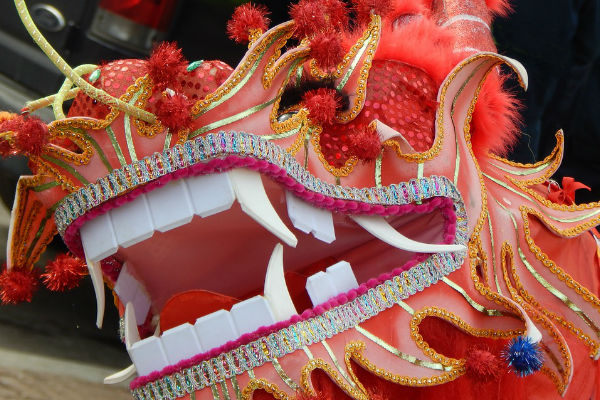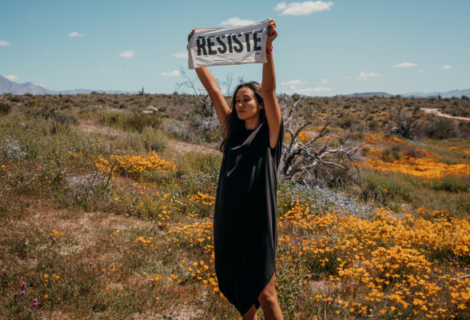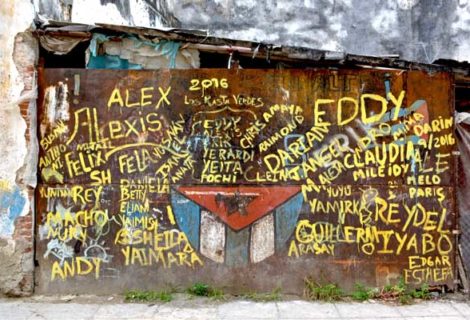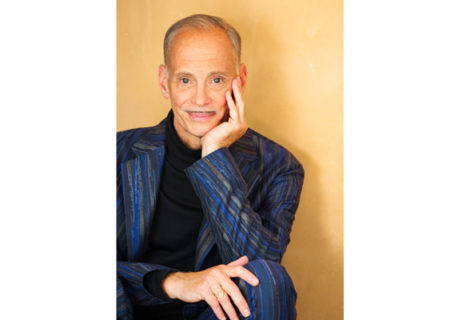Why the Chinese Cultural Center Should Matter to All Phoenikerxs
Nĭ Hăo Phoenikerxs! That’s one way to say hello in Chinese for those of us who had to google it. We’re not sure if you know this, but up until recently, La Phoenikera had its own Chinese Cultural Center.
It was where you could go into 99 Ranch Market to get authentic ingredients for your most desirable Chinese meals (even though the name confused the F out of me), see beautiful traditional gardens designed by feng-shui master Madam Ye, and eat Chinese delicacies at The Golden Budah or Lao Ching Hing.
It was where we could celebrate Chinese New Year, the Dragon Boat and Moon Festivals and World Wushu Day with thousands of other Phoenikerxs from all walks of life.
One year, 100,000 people attended the Chinese New Year celebrations…That’s roughly the population of Las Cruces, New Mexico!
The Chinese Cultural Center was also probably as close as our city got to having a Chinatown, aside from earlier settlements located in downtown La Phoenikera between the late 1800s and the 1940s. If you ask us, having a China Town is a mandatory characteristic of a major city in the U.S. and we’re lagging a behind.
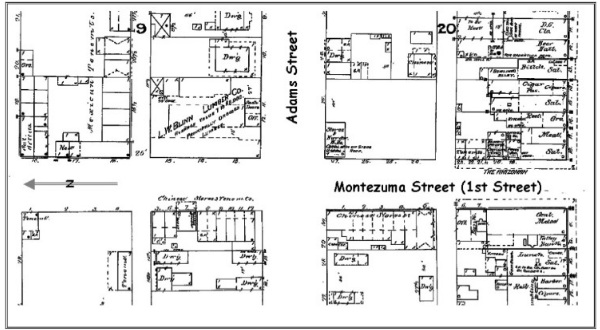
La Phoenikera’s first Chinatown from Sanborn Map and Publishing Co.
Now, the building that was once the Chinese Cultural Center is in danger of ceasing to exist as we know it. Turns out, the property was recently purchased by True North Companies, a private equity firm based in Scottsdale, and they want to make renovations that might include getting rid of the original architecture.
The company has offered some solutions such as having the community take some of the artifacts of the Center, or moving some of the architectural elements to other locations. However, this is not an option for many members of the Chinese-American community.
Why is this important? Well, the Center was built in 1997 with the help of about 30 artists and artisans who came from China to work on the project and whose work makes this place a true piece of art. Materials that can no longer be reproduced were transported from the Asian country to be used in the construction.
Most importantly though, the Center has deep cultural meaning for Chinese-Americans living in our city and our state, and that matters.
A lot of times we see these places simply as structures, cold and trivial. For some people, they are investment opportunities and important artifacts like hand-crafted pagodas turn into money signs without a face or story.
But the Chinese Cultural Center, like many other buildings in our city that have been demolished and replaced by others more modern or profitable, does have faces and stories behind it.
People practiced tai chi in the Center’s gardens. Thousands of parents saw their kids dance, play an instrument or practice martial arts in traditional Chinese performances. Think of how many of those kids felt like their identities mattered.
There is currently a battle for the preservation of the building and a lawsuit has been filed against True North and the city. For now, any changes to the building have been put on hold by a judge’s order until November 3. You have an opportunity to lend your support.
On August 4, members of the Chinese-American community are hosting the Thousand People Rally for Chinese Cultural Center Preservation to urge the city officials to prevent the relocation of different elements of the Center.

Phoenikerxs protest potential demolition. Photo from upcoming protest’s facebook event.
You can also sign this petition. They want to gather 25,000 signatures and they have a little over 16,000.
We need to do what we can to elevate the importance of this place, just like we work to elevate the significance of issues like the reinstatement of ethnic studies in Tucson schools (that’s not in La Phoenikera but it’s an issue many of us care about). Our city is populated by Phoenikerxs from all over the world and everyone’s cultural contributions matter.
Also, if you haven’t seen the Chinese Cultural Center you probably should, as the Chinese community has a deep rooted history in La Phoenikera. It’s located at 668 North 44th Street.

